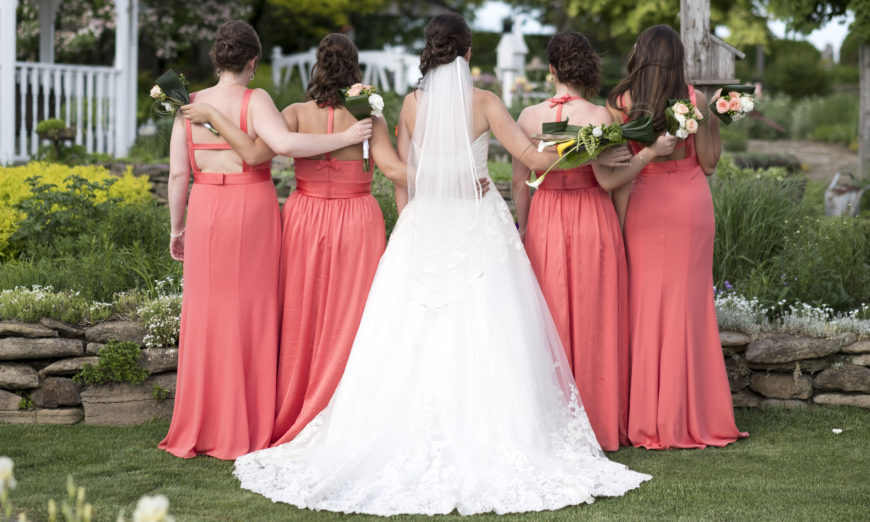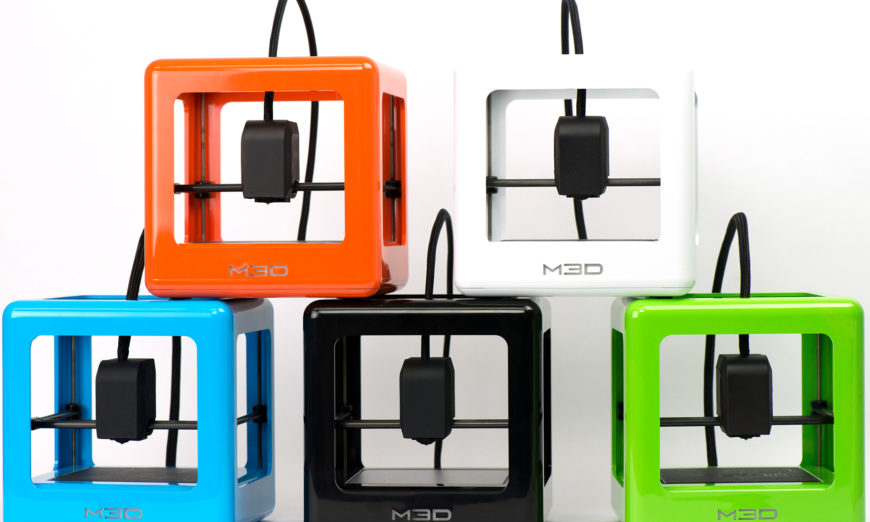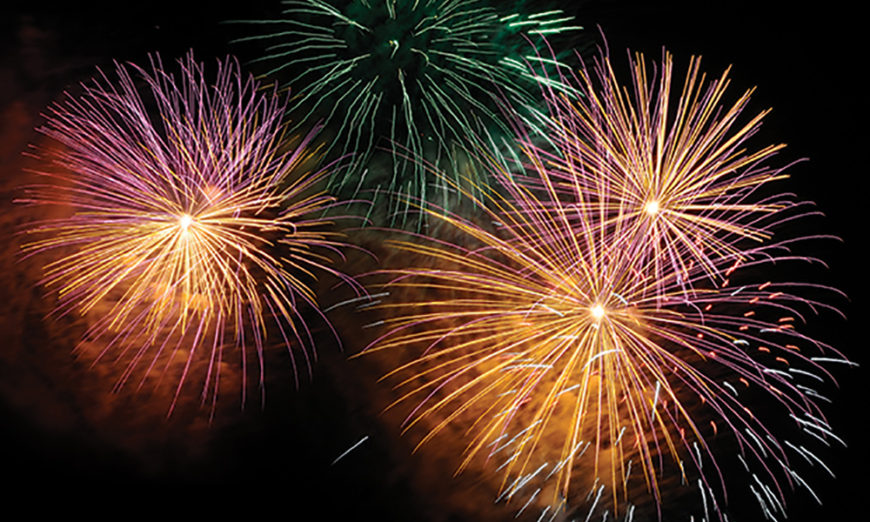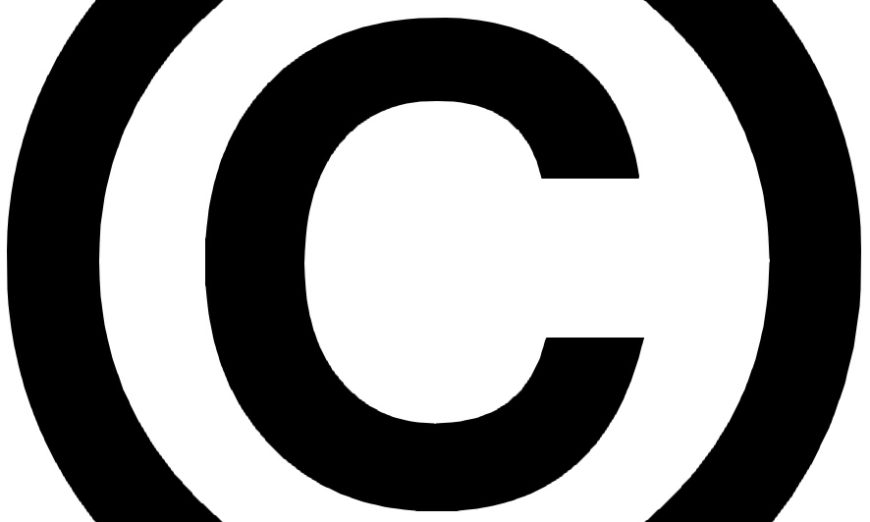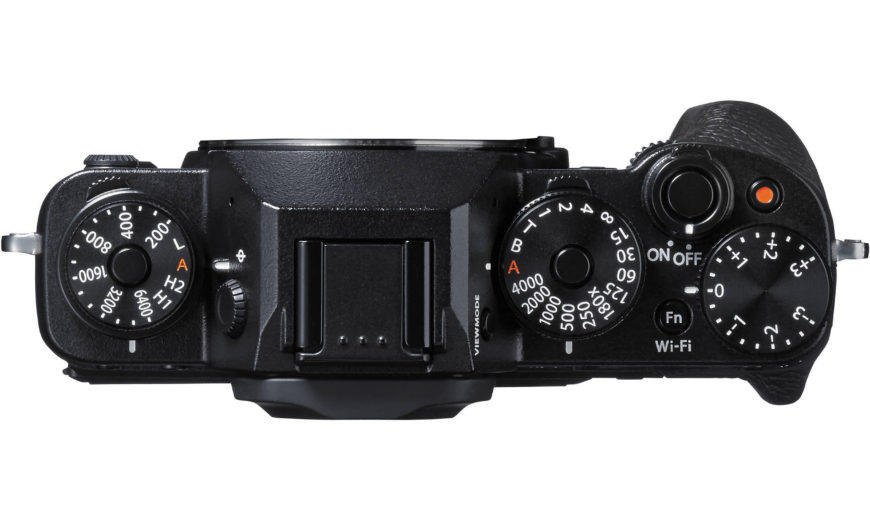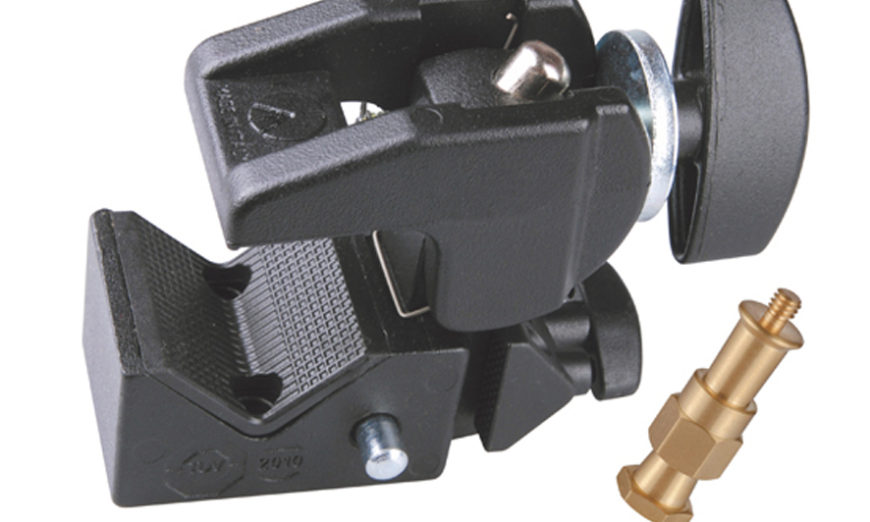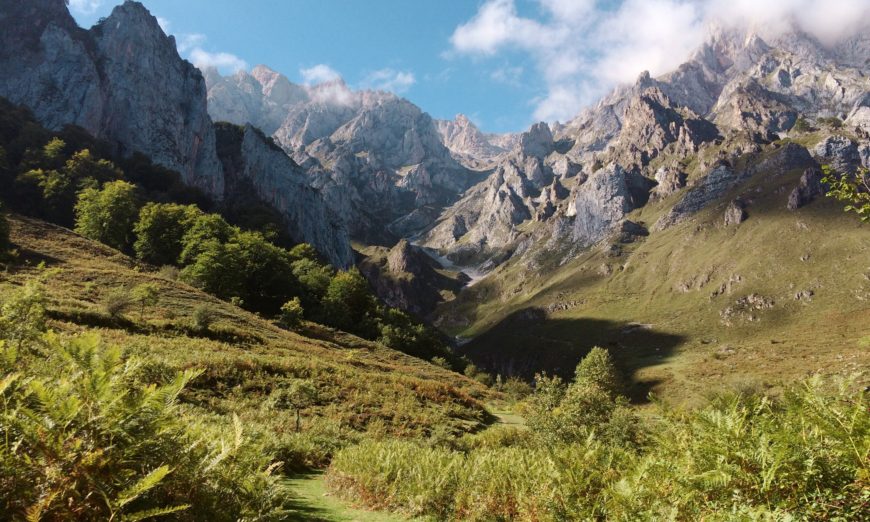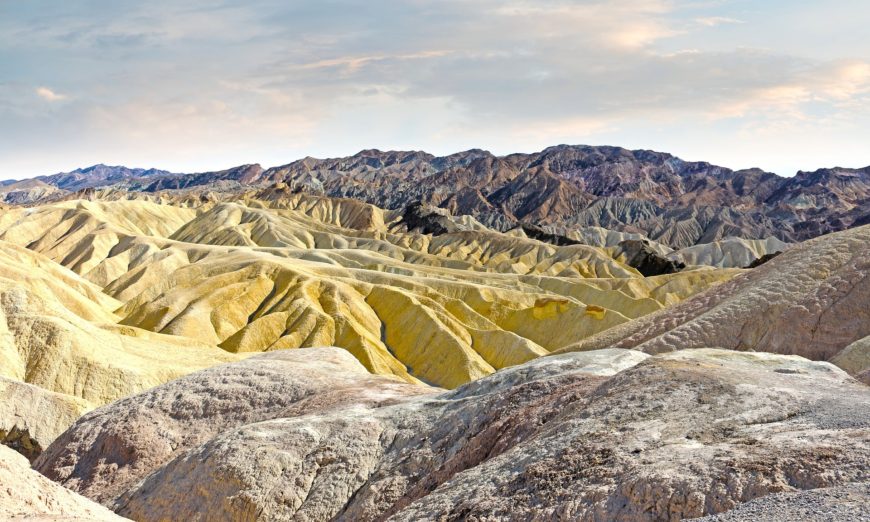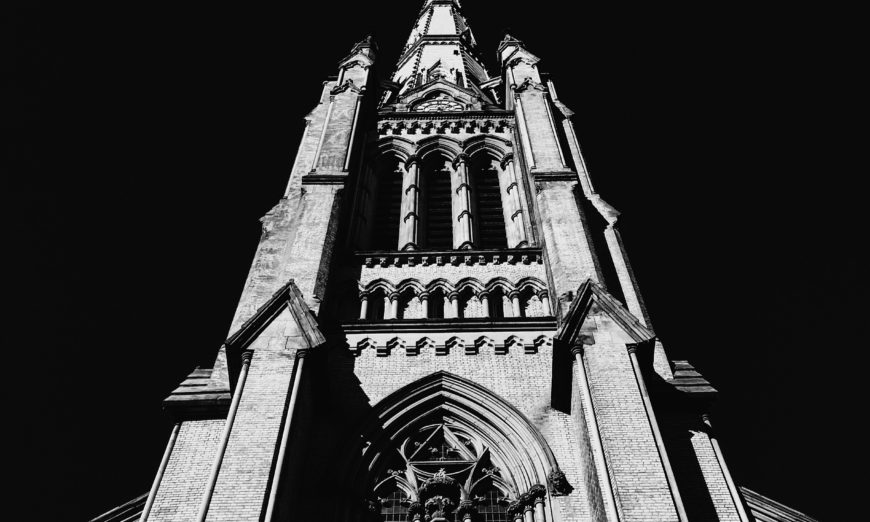I was recently asked to shoot a wedding for a relative. I decided what better opportunity to test out the Fujifilm X-Pro2, in a fast-paced, high demand, high stress situation.
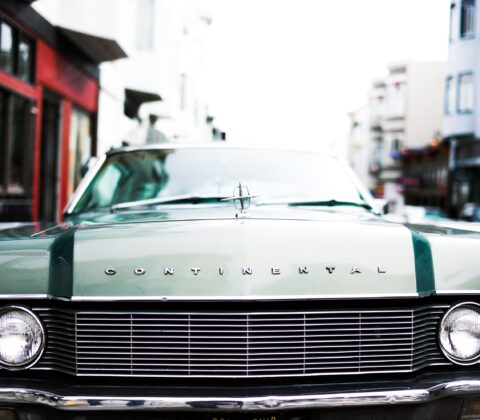
Now's a good time to revisit the Exposure Triangle as the season has changed into Autumnal equinox, which also means a change in outdoor lighting and sceneries that will entice a l... Read More...
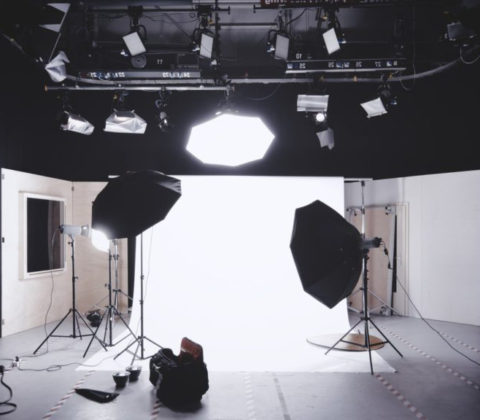
In Setting Up Your First Photo Studio: Part 1, we looked at the ... Read More...
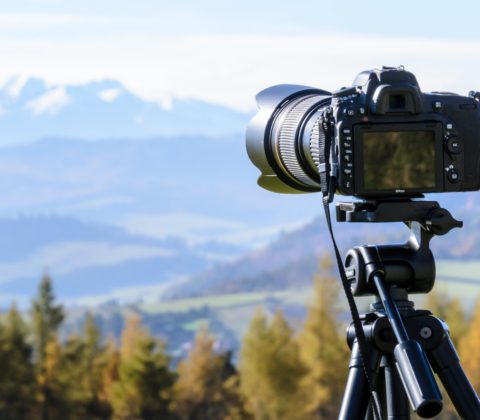
Originally tripods came with a single head. They usually had two arms, one for panning movements, and one for tilt movements, and the mounting plate would also flip to vertical. We... Read More...
M3D – The Micro 3D Printer
BY Scott Jarvis July 4, 2016 New Gear
Over the past few years 3D printers have rapidly grown in popularity and in terms of what they are capable of, and who can use them.
Nothing signals the start of summer like Canada Day fireworks. Sure, some of your neighbours might jump the gun and launch a few rockets on Victoria Day Weekend, but it’s July 1st sparkling canopy of colour and fire that truly herald summer’s arrival. Preserve the memory forever with our tips for photographing fireworks.
Should You Watermark Your Images?
BY Ross Chevalier June 23, 2016 Learning, Quick Tips
Every “expert” has written or shot a piece on why serious artists need to be on Instagram. I will leave that decision to you. The question that always arises near immediately is, “should I be putting a watermark on my images?”
Adjusting Exposure on the Fly
BY Ross Chevalier June 21, 2016 Learning, Quick Tips
I recently went up to CFB Borden to photograph their Airshow held in conjunction with the 100th Anniversary of the establishment of the military base. It was a really great day and we as Canadians are lucky to have such amazing people in service. As I was walking the static area, making images and talking to pilots and flight mechanics, I overheard someone complaining that their pictures were too dark. They couldn’t see the planes properly but the sky was great. The individual saw me listening and asked if I […]
The Three Cameron Clamps You MUST HAVE, and a couple of other bits…
BY Ross Chevalier June 14, 2016 Gear
If you are at all like me, either as a photographer, a videographer or hybrid thereof, you are constantly looking for ways to attach something to something else.
Free Post Processing Tools
BY Ross Chevalier June 7, 2016 Editing & Production
If you’re at all like me, you like making the images most of all, but also get a lot of pleasure from seeing how you can make your images better in post-processing. There are some folks who call the digital darkroom “cheating” but I don’t agree. Most all of us are familiar with the incredible work of the great American photographer Ansel Adams. Mr. Adams has been widely characterized as the fellow who created the idea of layers in the chemical darkroom and has also been characterized as the first […]
May 28th marked the Grand Opening Celebration of our brand new location at Park Place in Barrie, Ontario. It was a gorgeous day, and both new and loyal customers came out to see our fantastic new space, with a wider range of products and a new, dedicated video wall. See how we captured the event in 360-degrees using the Ricoh Theta S.
What Is The Histogram, Really?
BY Ross Chevalier May 31, 2016 Learning, Quick Tips
On a regular basis, photographers becoming more involved in post processing will quietly take me aside and ask me what the histogram is all about and what it’s really telling them.
Finding Your Voice
BY Ryan Sheppard May 26, 2016 Learning, Quick Tips
Ninety percent of the battle in photography is finding inspiration. The other ten percent is spent capturing your subject matter in such a way that it helps your audience see your subject as you want them to.
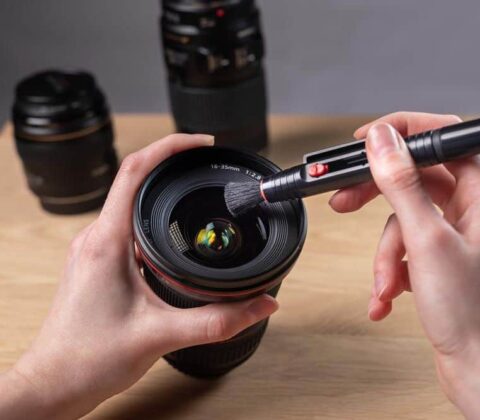
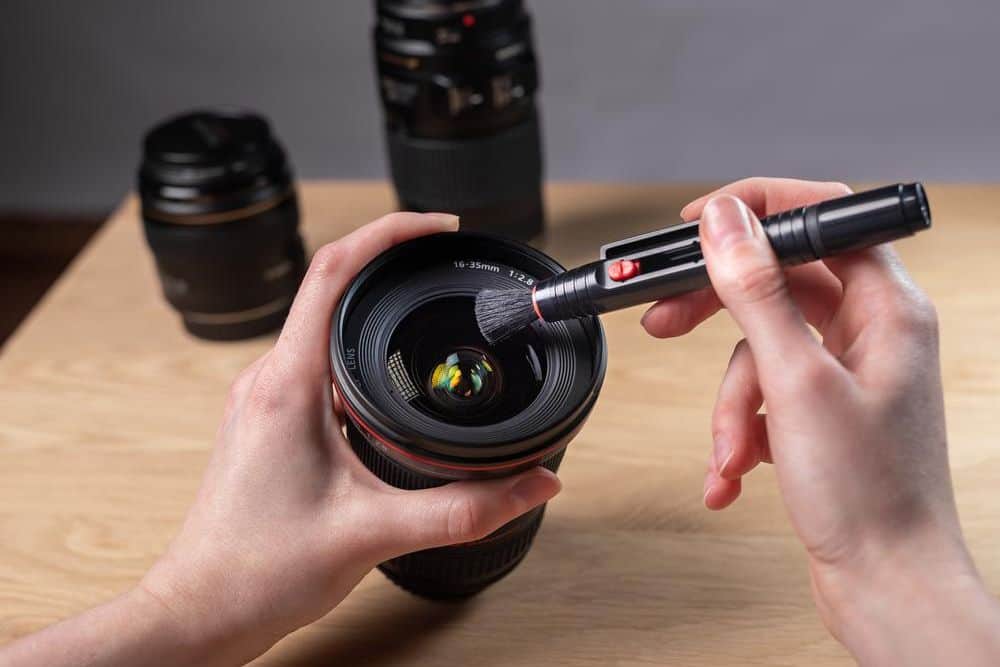 Read More...
Read More...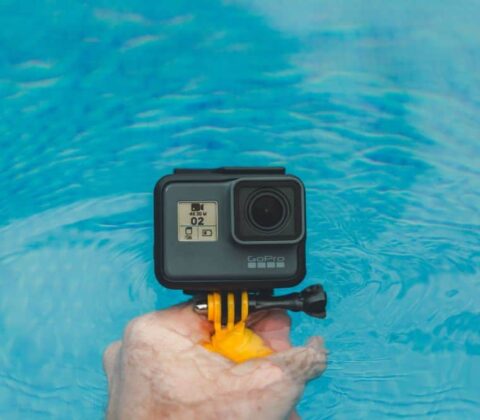

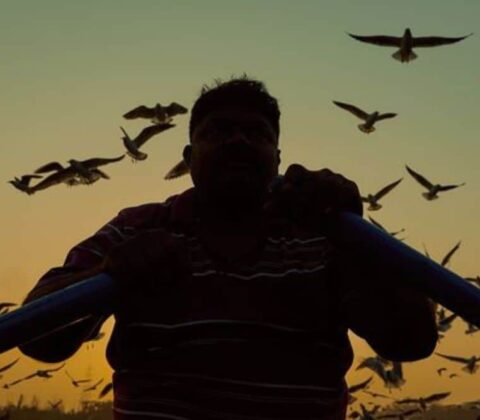
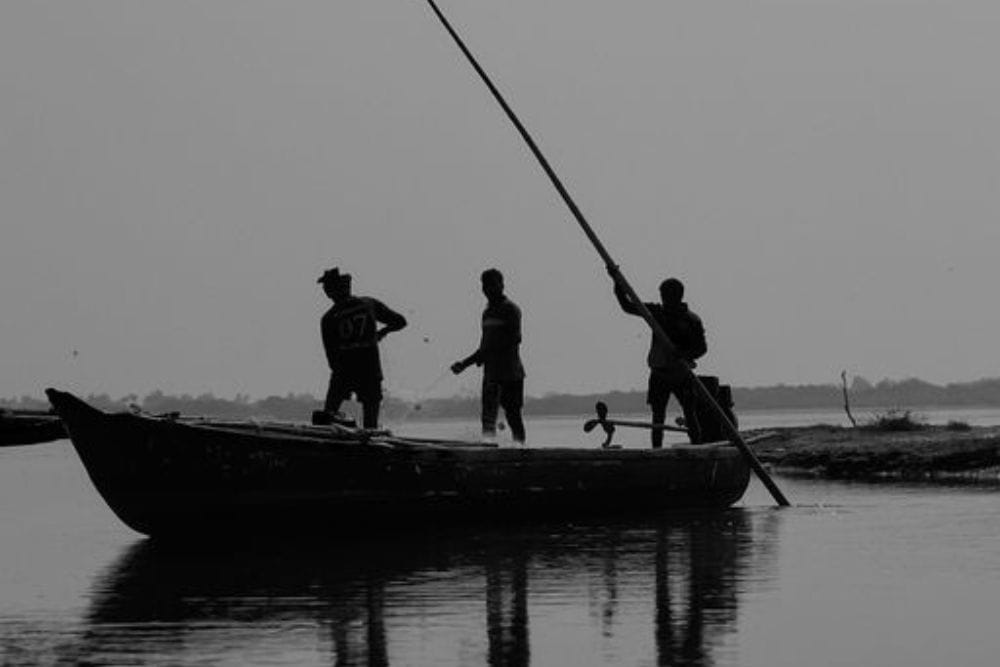 Read More...
Read More...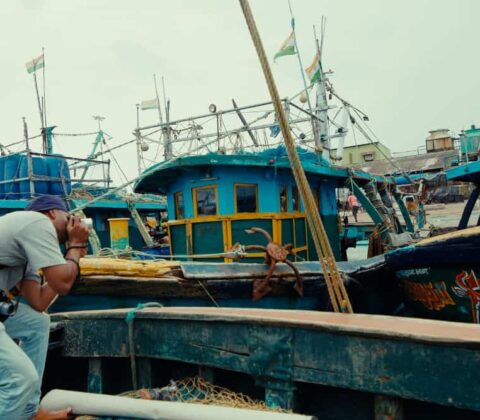
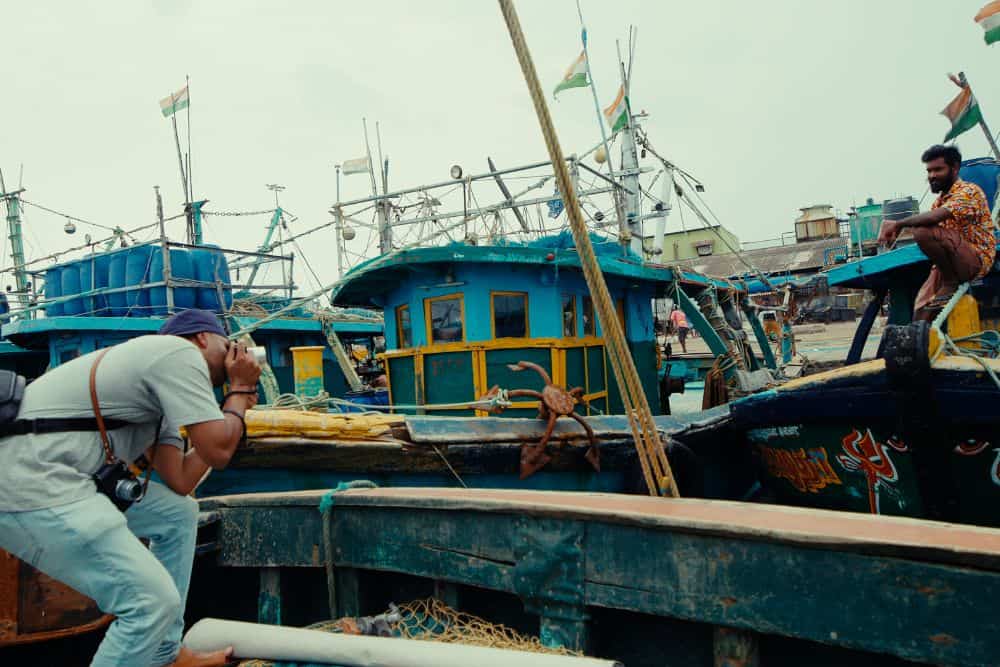
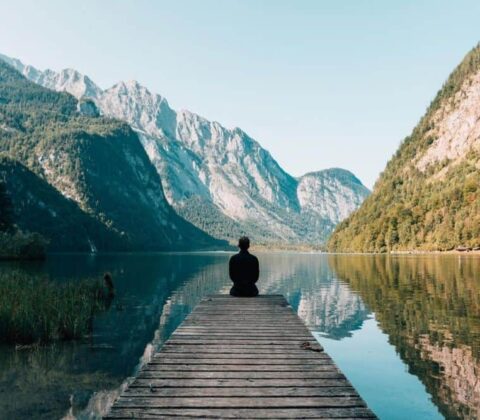
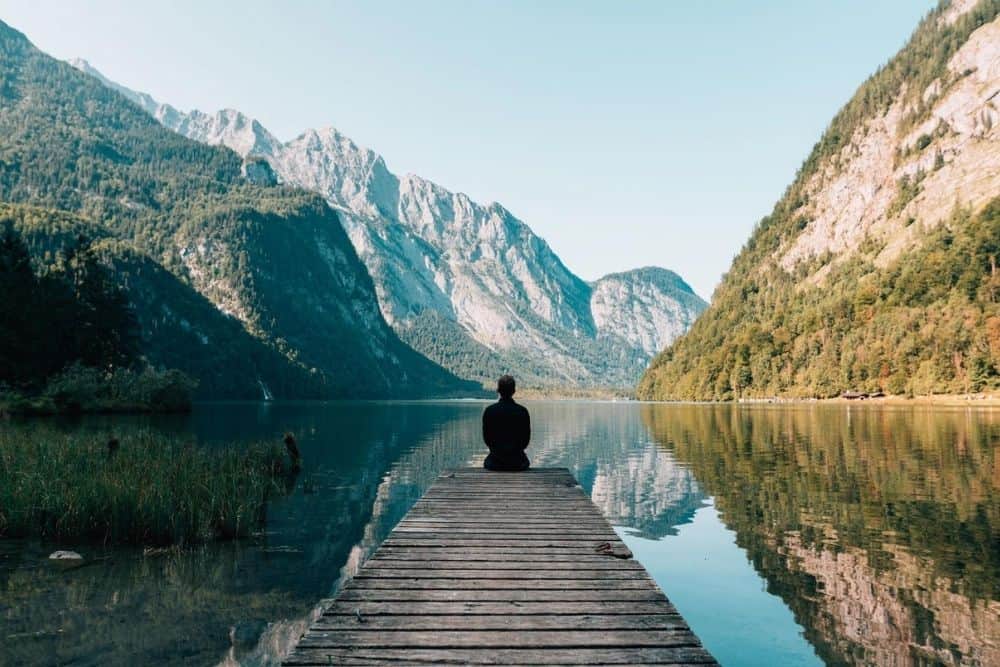 Read More...
Read More...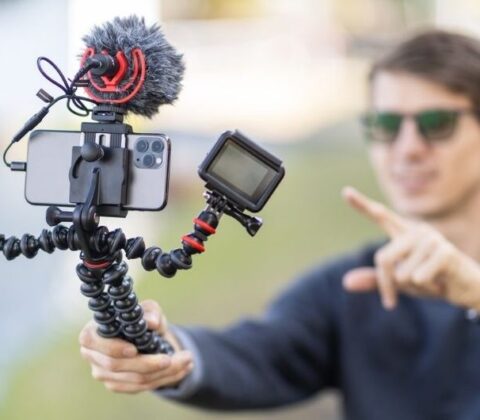
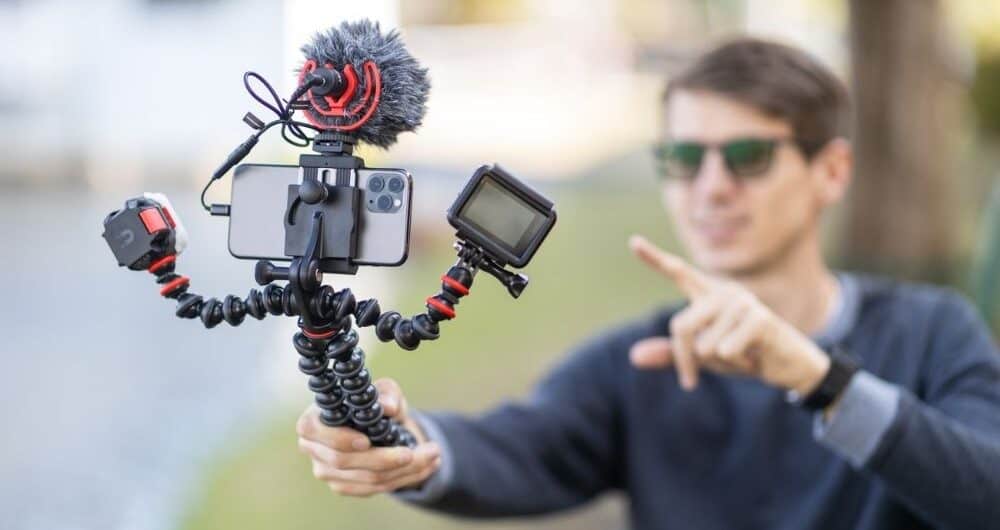 Read More...
Read More...
